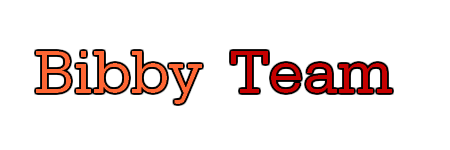Mixing these would give you other colors.
Red+blue= Purple
Red+Yellow= Orange
Blue+Yellow= Green.
Red+Blue+Yellow= Black
Though I cannot find a reference to this online, I have come to the conclusion that this is a subtractive spectrum variant.
Though artwork with only these three colors is doable, it is a very difficult task to get them to work properly to get the hues you want. (I also suspect that this is incorrect)
Fun fact: this was taught through art class in elementary school, as well as Animal Survival in science class.
This was something I knew for the longest time, up until I was playing video games one day, and decided to get really close to the screen. (Don't do this)
I noticed that the individual pixels weren't Red, Blue, and Yellow, but were instead, Red, Green, and Blue.
And that the White pixels actually had more of these colors filled in.
Though it struck me as odd at the time, I actually didn't think much of it.
I would come to find out that this is how back-lit displays produce color. as the additive spectrum.
Red+Green= Yellow
Green+Blue= Cyan
Red+Blue = Magenta
Red+Blue+Green= White
Of course, trying this with crayons nets a different result entirely, and is almost completely unworkable.
More recently, I have come to find out that there is another method of blending color.
After looking at what the common printer actually uses, I was able to come up with the most common subtractive spectrum.
This is: Cyan, Magenta, and yellow.
This works really closely to what I was taught in school, but has some key differences, though is much easier to work with.
Cyan+Magenta= Blue
Magenta+Yellow= Red
Cyan+ Yellow= Green.
Cyan+ Magenta+ Yellow= Black
This was the first spectrum variant, in which I was able to produce something with no more than 3 crayons.

It's not perfect, but it still proves my point.
Even though I only had 3 crayons, I was able to achieve all the colors that I needed.






